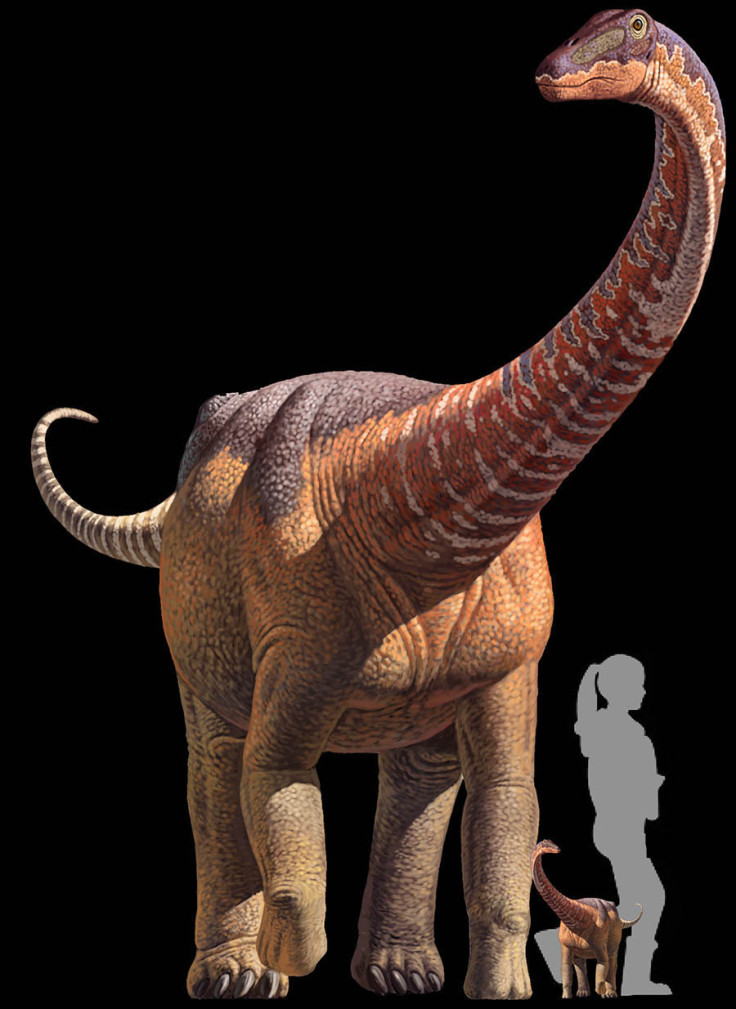Tiny titanosaur: Fossil of baby Rapetosaurus reveals how world's biggest dinosaurs reared young
The fossil of a baby titanosaur has provided scientists with an insight into the parenting techniques of the biggest dinosaurs ever to walk the Earth. Researchers analysing a hatchling of the species Rapetosaurus krausei has revealed infants were born with adult-like proportions, suggesting they were fairly self-sufficient from birth.
In 2012, palaeontologist Kristina Curry Rogers, from Macalester College in Minnesota, came across the bones of a giant dinosaur in a draw of fossils at New York's Stony Brook University. The only issue was they were in miniature.
Analysis soon revealed that the bones, first unearthed in Madagascar in 1998 and 2003, were that of a juvenile R. krausei – a species of dinosaur belonging to the group titanosaur. These are long-necked leaf-eating dinosaurs that include some of the largest dinosaurs of all time.

A study of the bones, published in the journal Science, revealed the baby dinosaur died between the ages of 39 and 77 days. By examining cross-sections of the fossils, they were able to work out how big it was when it was born, how fast it grew and what it died from.
They found it would have weighed about 3.4kg after hatching. When it died, it had grown to weight about 40kg. What's more, the team showed the proportions of its bones were very similar to those seen in adults. This suggests that when the baby R. krausei left the egg it was able to walk and feed itself.
The young of other dinosaur groups, including theropods, had limb proportions different to those of adults, indicating they relied on their parents for food and care (similar to most birds today). By having adult-like limbs, R. krausei would not have needed its parent to support and care for it in the same way. R. krausei's self sufficiency is further backed-up by evidence, such as stress on the bones, to show young dinosaur had lived an active life.

The infant appears to have died from starvation as a result of a "drought-stressed ecosystem", the study authors said. When animals starve, the cartilage at the ends of their bones stop growing. In the R. krausei fossil, the cartilage regions were found to be very thin.
While this infant appears to have died from starvation, the researchers say their findings do not necessarily mean all titanosaurs left their young to fend for themselves. In an interview with Science magazine, Hotz said: "To most people, all sauropods look alike: tiny at one end, tiny at the other, big in the middle. But that doesn't mean there wasn't a lot of variation within them."
© Copyright IBTimes 2025. All rights reserved.






















